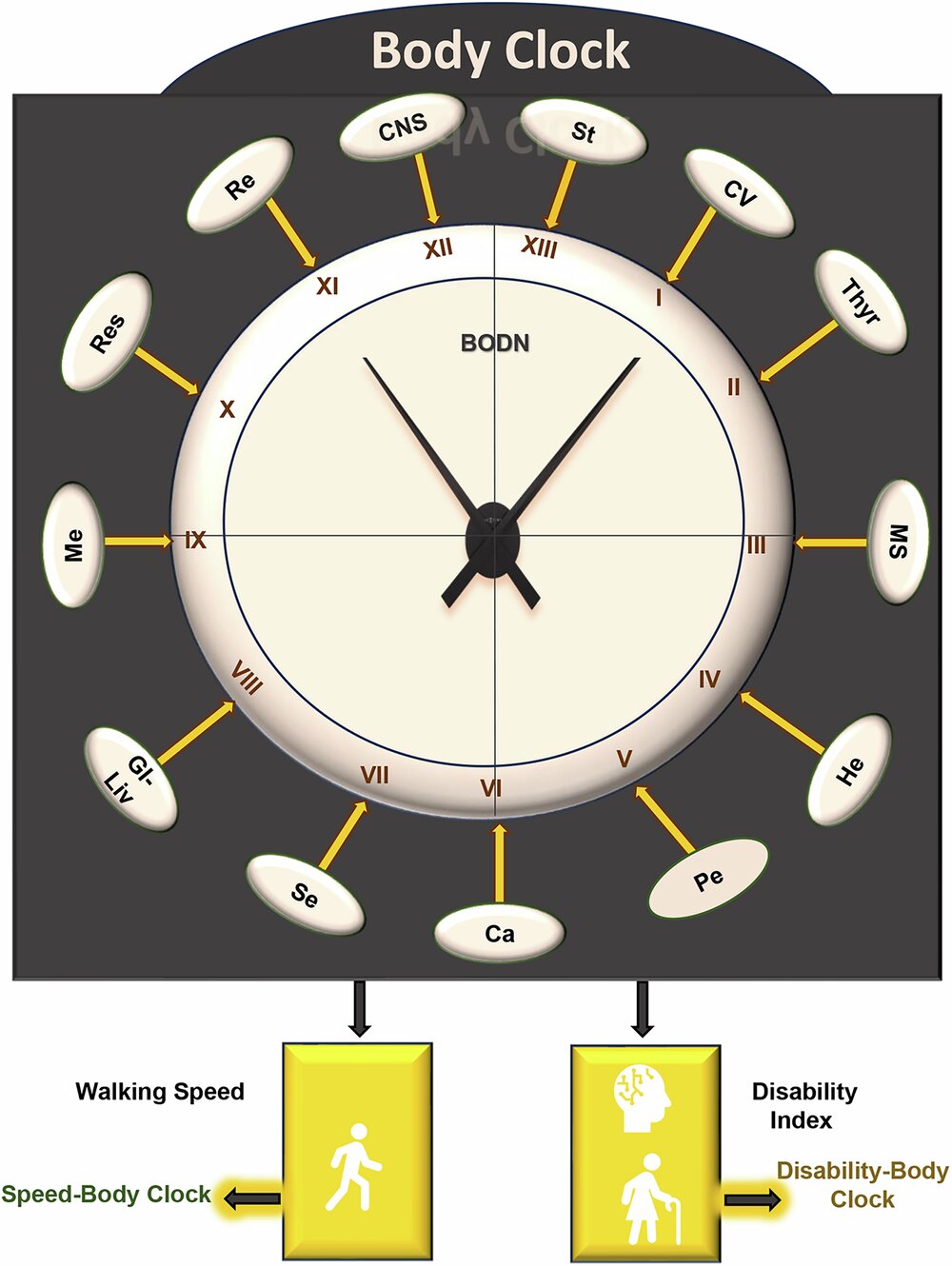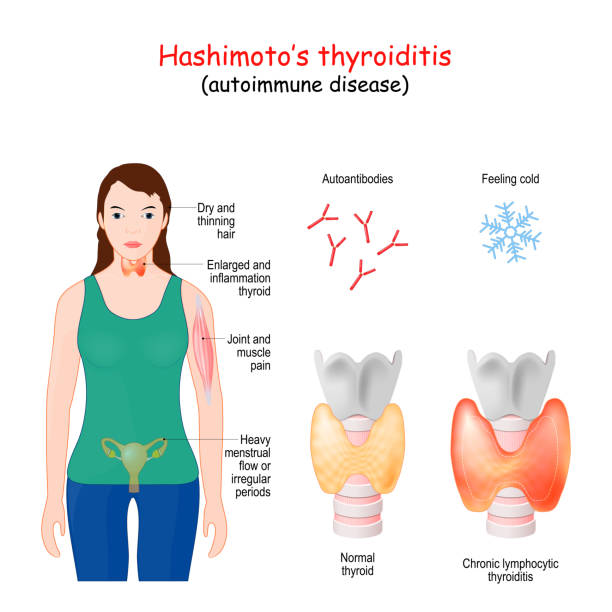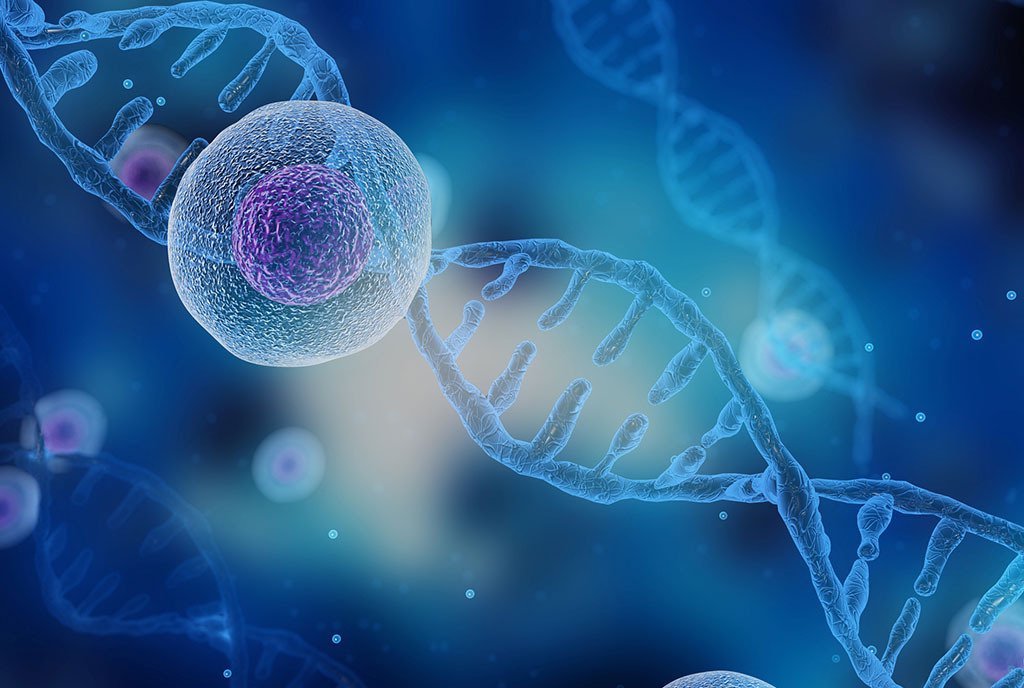In the age-old human quest to understand aging—and perhaps one day to outsmart it—scientists have now unveiled a powerful new tool that may radically shift how we measure health and predict longevity. It’s called the Health Octo Tool, and it doesn’t rely on futuristic scans or exotic genetics. Instead, it harnesses the power of eight insightful metrics derived from something surprisingly simple: a person’s routine medical exam and standard lab tests.
Developed by researchers at the University of Washington School of Medicine, this cutting-edge approach provides a window into what truly matters as we grow older—not just how many years we’ve lived, but how well our bodies have aged. Described in a compelling new study published May 5 in Nature Communications, this novel framework could outperform traditional predictors of aging, disability, and even death.
Welcome to the science of biological age, and meet the tool that may help change the way we age—one organ system at a time.
The Blind Spots of Traditional Medicine
For decades, modern medicine has focused on disease detection. If your cholesterol is high, you get a statin. If you break a bone, you get a cast. But aging, unlike any single disease, is a process—a slow, intricate cascade of molecular and cellular changes that affects every tissue and organ.
Yet, most health-assessment tools today focus narrowly on individual conditions. They often fail to consider how minor ailments or the interaction between diseases can compound and tip the scale of overall health. According to Dr. Shabnam Salimi, the first author of the new study, this is a critical oversight.
“An aging-based framework offers a new path to discover biomarkers and therapeutics that target organ-specific or whole-body aging, rather than individual diseases,” Salimi explains.
The Health Octo Tool represents an attempt to capture this broader picture—a high-resolution health snapshot that reflects how a person’s body has weathered the storm of life.
Aging, Entropy, and the Hidden Wear and Tear
At the heart of the Health Octo Tool lies a compelling concept: health entropy. Think of entropy in physics—it’s a measure of disorder. In biological terms, it’s the accumulation of cellular and molecular damage over time. As entropy increases, the body’s systems lose their ability to maintain balance and function, manifesting in everything from slow walking speed to cognitive decline.
Salimi and her colleagues saw potential in using health entropy as a biological barometer—a way to assess the true “age” of the body beyond the calendar. But measuring this required more than vague symptoms or fuzzy notions of “feeling older.” It needed structure.
The researchers began by digging into one of the world’s most detailed studies on human aging: the Baltimore Longitudinal Study on Aging (BLSA). This ongoing study, which tracks the health of adults over decades, provided a goldmine of data. The team analyzed participants’ medical histories, physical exams, and laboratory results. They then validated their findings against two additional large-scale datasets representing more than 45,000 adults.
The outcome was a system that looks beyond chronological age to assess what truly matters: biological aging across different organ systems.
The Body Organ Disease Number: A Health Report Card
The first major innovation was the creation of the Body Organ Disease Number, or BODN. This score accounts for how many organ systems are affected by disease—cardiovascular, respiratory, central nervous system, and more. It also considers whether the individual has experienced life-altering events like stroke or cancer. A person’s BODN can range from 1 to 14, reflecting the breadth of health impacts.
But BODN is only the beginning. Because the team realized something astonishing: different organ systems age at different rates.
Your heart might be ticking along at age 60, while your lungs lag behind at 75. Or your kidneys might still be spry at 50 while your nervous system creeps into old age territory. Aging, they discovered, is not monolithic—it is mosaic.
This led to a powerful new set of metrics to characterize that variation.
The Bodily System-Specific Age and the Body Clock
From this insight emerged two pivotal metrics: the Bodily System-Specific Age and the Bodily System-Specific Clock. The first measures the aging rate of each organ system; the second estimates the intrinsic biological age of each system.
To bring it all together, the team created the Body Clock—a composite score that sums up how old the body really is, system by system. Alongside it is the Body Age, a metric that tracks how fast that aging is occurring. It’s like checking your health’s speedometer and odometer at the same time.
But there was more to uncover. Not everyone with the same biological age exhibits the same level of function. Some people in their 80s run marathons; others in their 60s struggle to walk a block. That led to the next revolutionary layer.
Walking Speed and Disability: Measuring Function, Not Just Age
Mobility is one of the clearest indicators of vitality in older adults. That’s why researchers devised two additional sets of metrics: the Speed-Body Clock and Speed-Body Age. These measure how biological aging affects walking speed—a strong predictor of health outcomes in the elderly.
They also developed the Disability-Body Clock and Disability-Body Age to reflect how the aging process affects the risk of functional and cognitive disability.
These functional clocks provide a bridge between molecular aging and real-world outcomes. They can help detect subtle signs of decline long before major health events occur.
Eight Metrics, One Powerful Lens on Aging
Together, the eight components of the Health Octo Tool offer a comprehensive lens on the aging process:
- Body Clock
- Body Age
- Bodily System-Specific Clocks
- Bodily System-Specific Ages
- Speed-Body Clock
- Speed-Body Age
- Disability-Body Clock
- Disability-Body Age
What’s remarkable is that all of this insight can be gleaned from standard clinical exams and laboratory work. This means the tool has the potential to be applied widely—whether in a high-tech hospital or a local clinic.
Early Clues, Long-Term Impact
One of the most striking findings was how seemingly minor health issues early in life can snowball into major aging impacts later. For instance, untreated hypertension in youth—a condition often brushed off—was shown to significantly accelerate aging decades later.
This insight reinforces the importance of early intervention and preventive care. If doctors and patients can identify and treat these risk factors sooner, they may be able to slow or even reverse some aspects of biological aging.
Toward Personalized Longevity
Looking ahead, the team is working on a digital application that will allow users—along with their healthcare providers—to track their biological age and the performance of individual organ systems over time.
“Whether someone is adopting a new diet, exercise routine or taking longevity-targeting drugs, they will be able to visualize how their body—and each organ system—is responding,” says Salimi.
This opens the door to a new era of personalized longevity medicine, where lifestyle choices and therapeutic interventions can be fine-tuned not just for general wellness but for slowing the march of time in precise biological terms.
A Team Effort at the Frontiers of Aging Science
The study was led by Dr. Shabnam Salimi, a physician-scientist and acting instructor in the Department of Anesthesiology & Pain Medicine at UW. She is also an investigator at the UW Medicine Healthy Aging & Longevity Research Institute.
Senior co-authors included Dr. Daniel Raftery, professor of anesthesiology and pain medicine and director of the Northwest Metabolomics Research Center, and Dr. Luigi Ferrucci, scientific director of the National Institute on Aging—one of the leading figures in aging research globally.
Their collaboration highlights the multidisciplinary nature of the effort: medicine, metabolomics, epidemiology, and systems biology converging to chart the biological terrain of growing old.
The Future: Aging as a Treatable Condition?
While the Health Octo Tool is still being refined and tested, its implications are enormous. It reframes aging not as an abstract inevitability but as a measurable, actionable process. That means, for the first time, we may be able to treat aging itself—not just the diseases it spawns.
This is more than an academic curiosity. In an age when populations are graying across the globe, understanding and managing biological age could help societies prepare for an aging world. It could also give individuals the knowledge they need to live not just longer lives, but healthier, more vibrant ones.
And perhaps, as tools like the Health Octo evolve, we will one day look at a routine checkup not as a snapshot of what’s wrong—but as a roadmap for what’s possible.
Reference: Sh Salimi et al, Health octo tool matches personalized health with rate of aging, Nature Communications (2025). DOI: 10.1038/s41467-025-58819-x






